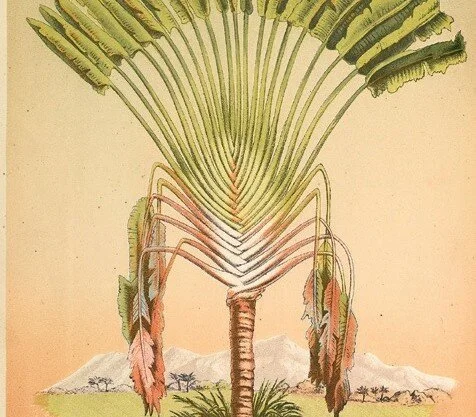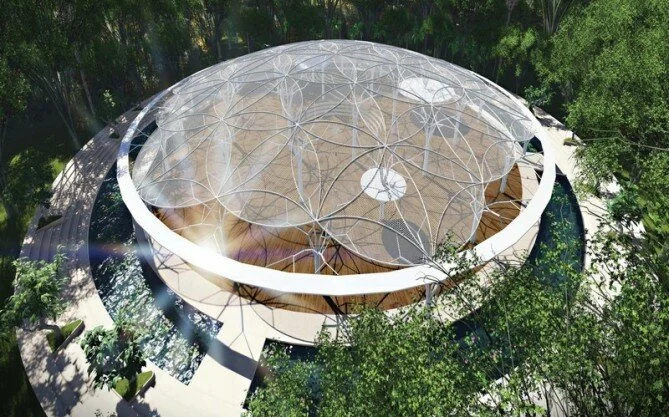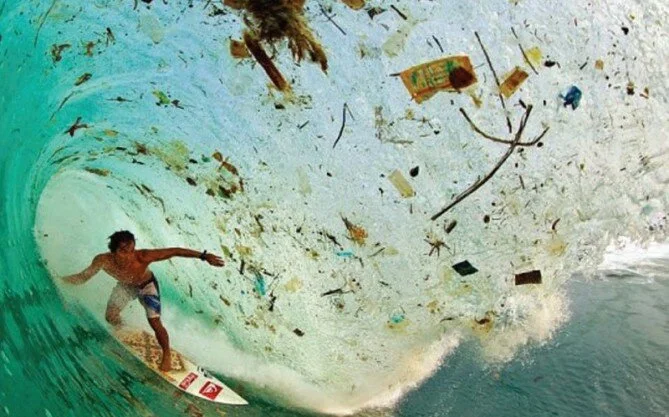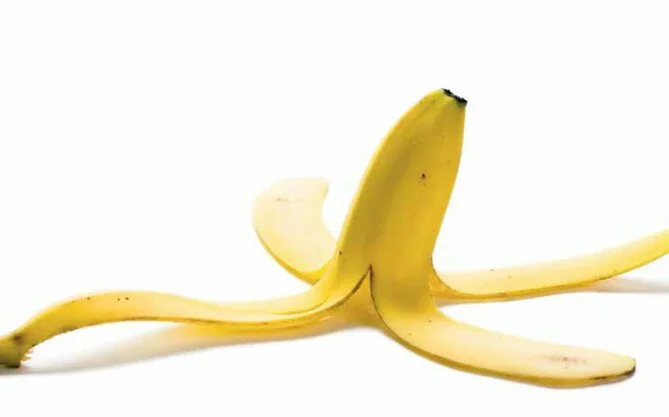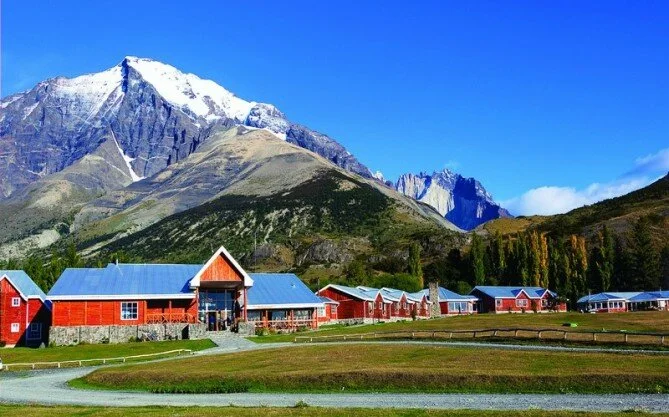- How Reducing Food Waste Could Ease Climate Change
More than a third of all of the food that‘s produced on our planet never reaches a table. It‘s either spoiled in transit or thrown out by consumers in wealthier countries, who typically buy too much and toss the excess. This works out to roughly 1.3 billion tons of food, worth nearly $1 trillion at retail prices. Aside from the social, economic, and moral implications of that waste – in a world where an estimated 805 million people go to bed hungry each night – the environmental cost of producing all that food, for nothing, is staggering. The water wastage alone would be the equivalent of the entire annual flow of the Volga – Europe‘s largest river. The energy that goes into the production, harvesting, transporting, and packaging of that wasted food, meanwhile, generates more than 3.3 billion metric tons of carbon dioxide. If food waste were a country, it would be the world‘s third largest emitter of greenhouse gases, behind the U.S. and China.
We tend to take our food for granted in the developed world. Since food is so plentiful, we aren‘t aware of the tremendous amount that‘s wasted and the impact that has on world hunger, political stability, the environment, and climate change. Yet when it comes to looking for ways to curb greenhouse gas emissions, food wastage is a relatively easy fix – the low-hanging fruit, so to speak – and it is literally rotting on our tables. It doesn‘t require any new technology, just more efficient use of what we already have.
Food wastage comes in two forms. About one-third occurs at the consumer level, where we buy too much and throw it away. Approximately two-thirds happens at the production and distribution level. For example, a lot of food rots in fields, or is lost as a result of poor transportation networks, or spoils in markets that lack proper preservation techniques. We can make a big difference by transporting and storing our food under proper temperature conditions
to extend food supplies.
Governments can enact food safety standards where they don‘t exist. This will jump-start the system to properly transport and store perishable foods like meat, fish, dairy, and produce. It will also ensure that more food is safe for consumption. Industry has a role to innovate and scale How Reducing Food Waste Could Ease Climate Change technologies so they are affordable in the developing economies. Industry can also serve a useful role by raising awarenessof the impacts of food wastage. The dividends of avoiding food waste can be historic. We produce enough food to feed everyone on our planet today and the 2.5 billion more people to come in the next 35 years. We have to waste less to feed more. Farming already uses 38 percent of our ice-free land, compared to just 2 percent for cities, and uses 70 percent of our fresh water. We can‘t keep growing more food, and continuing to waste as much, to feed more people. The environmental dividends are no less significant: lower climate emissions from a major source and more water efficiency to combat growing water scarcity.
We can all take small steps that will accumulate to make a meaningful difference. Let‘s buy just the food we need
so we throw away less. Let‘s accept that produce can be top quality and delicious even if it has a slight imperfection in appearance. Let‘s bring meals home that we don‘t finish in restaurants. Small changes will yield big results.

